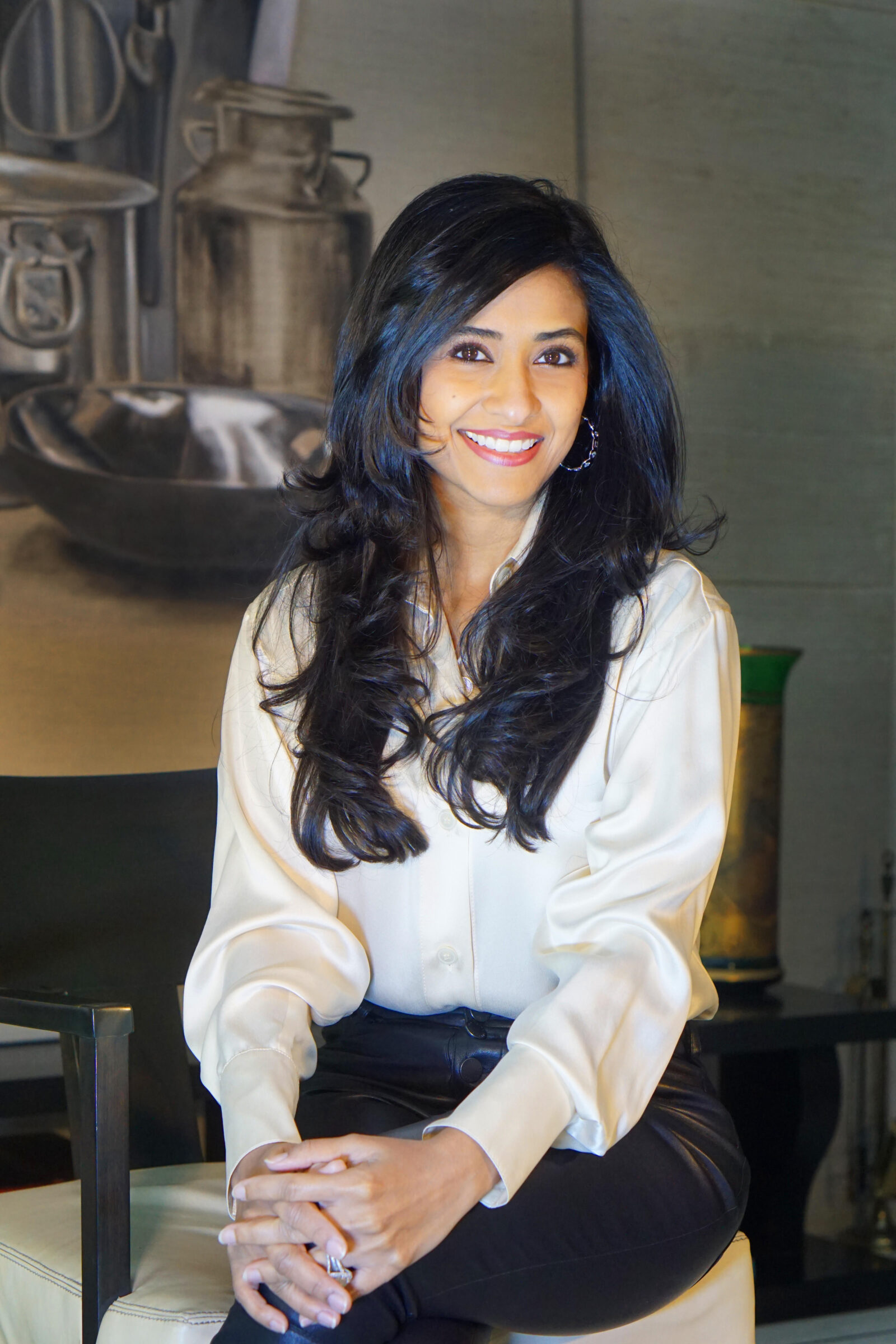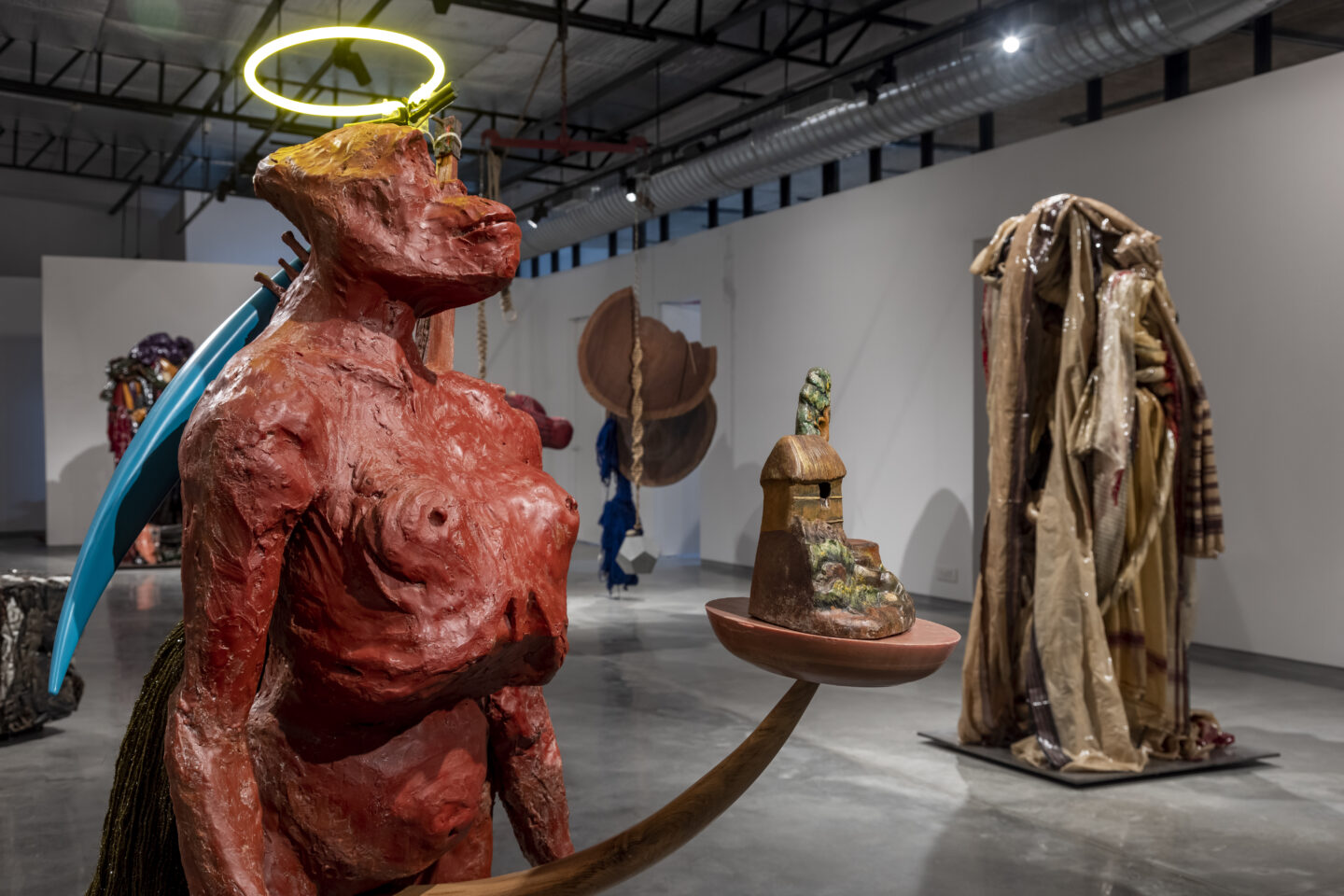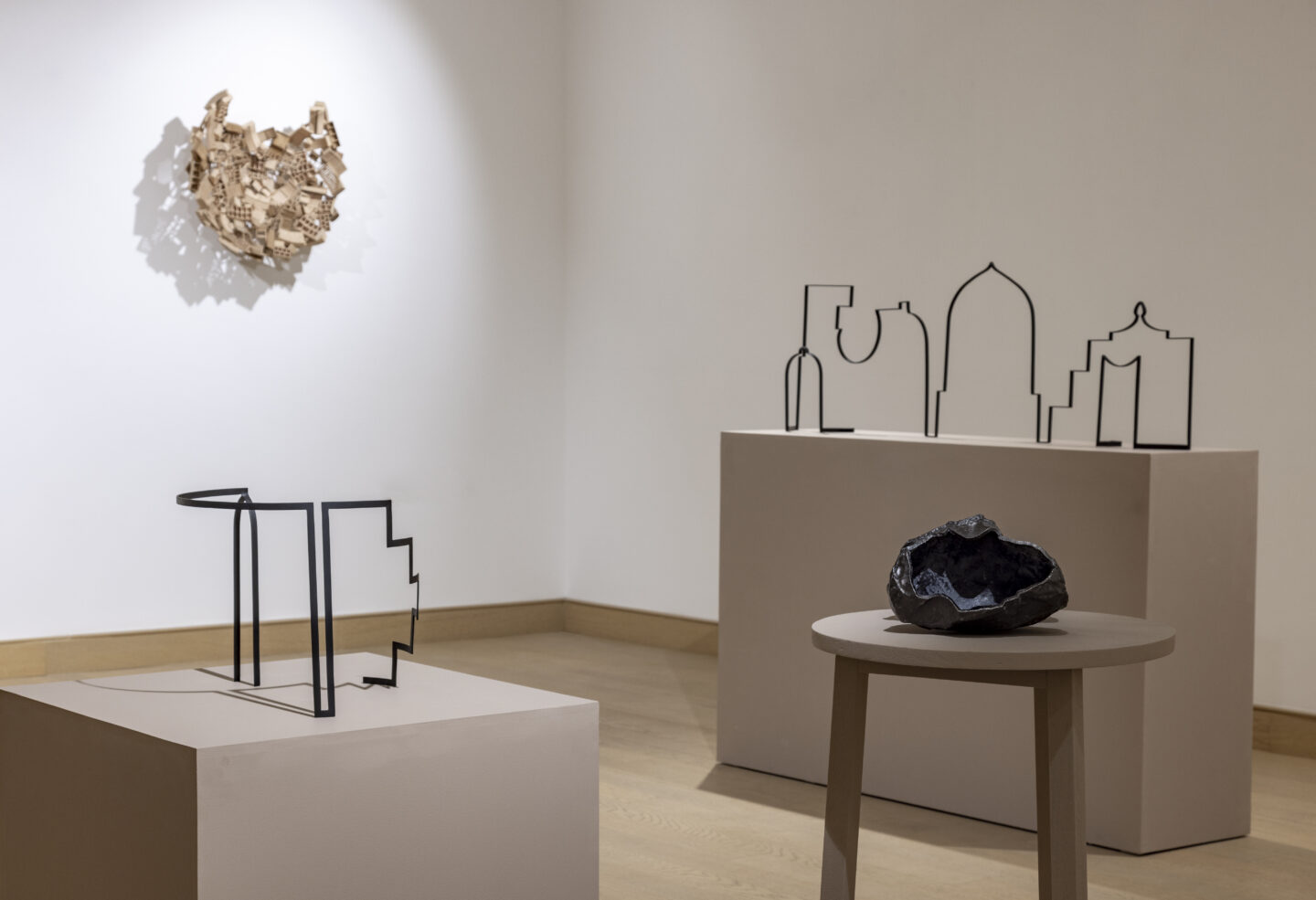The Future of Indian Art with Aparajita Jain

Aparajita Jain is a notable force in the Indian art world. She is the Co-Director of Nature Morte — one of India’s premier galleries.
For the first few years of her life, she grew up in Calcutta where culture was a significant part of her upbringing.
Jain has held a medley of positions and been a pioneer in diverse settings — including one as a driving force behind India’s first international sculpture park in Jaipur, Rajasthan. Here, she takes us on a journey of her many experiences, and it is one for the ages.

When did you begin your career as a gallerist?
I began with Seven Art. Lehman Brothers collapsed in 2008 September, and I opened my gallery in November. I really went through what I call the sugarcane juicer. I understood how to be frugal about expenditure, and what not to spend on, what are the things that are just disastrous cost areas and have no real benefit. I learned a lot in the first few years. I started working with Peter Nagy, and that’s when Nature Morte happened. I bought into it in 2012, and now it’s 2022. It’s been 10 years.
How does your degree in psychology inform your career in the arts?
I think I’ve always wanted to know more. I always want to understand beyond the obvious; whether it’s how we thought, or why we think. The visual representation of the art I chose is psychology. I try to understand what sort of mix spurs people to think the way they do. When there is a form of expression where they can connect with another human being, what does that mean? To me, art is a visual representation of psychology.
What is your philosophy when you approach a project?
I no longer approach anything as projects, but I now look at everything as long-term commitments and whether I’m willing to make those long-term commitments.
Could you tell us about your platform, Terrain.Art?
Terrain.Art is an NFT platform. It’s a marketplace. It’s about being the one-stop resource for art in South Asia. We want the information to be transparent. Information about resources, framing in cities. How do you ship your work? How do you pack your work? How do you make an invoice? Think of it this way, all the knowledge that I learned in the last 15 years, I’m looking at templatizing and putting it online for free.

Could you tell us a little bit about your work at Nature Morte?
At Nature Morte, we work with very established artists. The bulk of our programme is established artists. Now, it’s about getting them known internationally — much more than they already are. I think that India hasn’t gotten the space she deserves in the international world and I think that we’re in a unique position to be able to help do that.
What do you look for in an artist’s work before working with them?
We’re not looking at many new artists anymore. But when we do look, we look at somebody who’s at least had three or four solos already. Somebody who’s already established the fact that they’re sincere about their practice. We look at content. Of course, the fact that they have to be really good with the techniques is given. It’s a lot about content. What are they trying to say?
What advice do you have for emerging artists?
I would really recommend a lot of conversations with artists, curators, and critics. We must learn by editing and by critique, not criticism, but critique. I think that it’s very critical to be able to take that feedback. You see, the thing about art is, you’re always going to be vulnerable – you’re putting yourself out there, and you have to be strong enough to take what comes back to you.
Could you tell us a little bit about your work at India’s first international sculpture park?
We started the sculpture park because there weren’t any sculpture parks. We had a lease on the Nahargarh Fort for 10 years. The park was fantastic and visitation went up from about 6000 visitors a day in the peak season. People were very respectful of what they saw.

What are some valuable lessons you’ve learned?
I think, in the last seven years, I’ve worked 16 hours a day on average. I think it is critical to be relentless and keep powering on.
Who are some female artists on your radar right now?
Tanya Goel, Ayesha Singh, Bharti Kher, and Mona Rai.
What is your favourite art memory?
Venice Biennale. I couldn’t believe that an entire city could be full of art the way it was. Every single space in the city was an art installation of some form.
Where do you see the future of Indian art going?
I think it will exponentially increase in size as well as depth.

